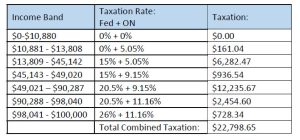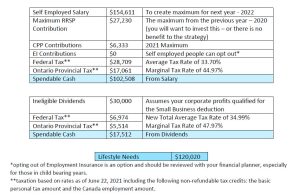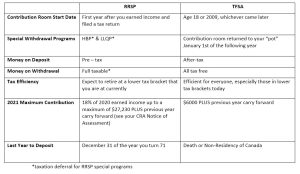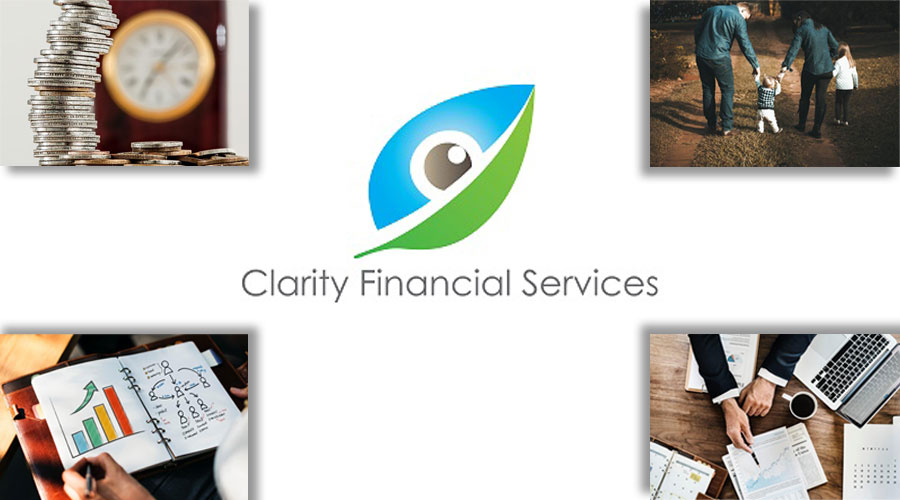
Before you alert public health—relax. The STD I have is a Short-Term Disability. Though, if we’re handing out awards for poor judgment and pain tolerance, I may qualify for a few more acronyms. Let me explain.
Over the May long weekend, I had a brilliant idea: refurbish the old dock at my cottage. Nothing like a little lakeside construction to celebrate spring, right?
Unfortunately, this idea had all the makings of a tragicomedy. I slipped—gracefully, I might add—into the lake. On the way down, I caught my ribcage on an exposed beam. The kind of “crack” that doesn’t come from a cold beer.
Fairly sure I fractured two or three ribs, but who’s counting when you’re crying into an ice pack? I haven’t gone to radiology. This isn’t my first rodeo—or rib rodeo, to be specific. The pain is… memorable. If I even think about sneezing, my entire body files a formal complaint. Laughing is dangerous. Coughing? I wouldn’t wish it on my worst enemy.
I’ve been self-medicating with a gentle blend of Tylenol, Advil, and optimism. My physician, a wise and legally cautious man, refused to prescribe anything stronger over the phone. Frankly, I don’t blame him. If I were him, I wouldn’t trust me with narcotics either.
To add insult to the injury, I also managed to catch a protruding screw on the way down and carve a charming little gash into my leg. Stitches? Probably needed. First aid? Let’s just say it was creative. The nearest hospital is an hour away, and so far, my bandage job has held. Duct tape was considered.
Here’s the thing: I do have short-term disability insurance. But because I can still type with my fingers—and because complaining publicly counts as therapy—I’m not making a claim.
But imagine if I were a practicing dentist or optometrist. You’ve got full days booked, patients lined up, procedures stacked, and suddenly, bam—you can’t even bend over without blacking out. Canceling a week of work could cost $15,000 to $20,000 in lost revenue. That’s an expensive tumble.
This is your friendly reminder: get disability insurance.
Accidents don’t discriminate. They don’t check your calendar. And they love to show up during long weekends.
More importantly: Ø Wear proper footwear. Ø Don’t rush the job. Ø Leave dock repair to professionals. So yes, I have an STD. Short-Term Dumbness. Stay safe out there. Stay insured. And for the love of your ribcage—respect the dock.
Are you seeking to understand the value of your practice?
Contact Jackie Joachim
Jackie has personally been involved in approximately 10,000 appraisals since joining ROI Corporation. She has had the privilege of appraising chiropractic, dental, optometry, and veterinary practices throughout Canada. Jackie understands how a practice works and the unique needs of healthcare professionals. Her personal goal for practitioners is to see them be strong business people who are able to take pride in their profession and reap the benefits of their hard work. Please contact her at Jackie.joachim@roicorp.com or call 1-844-764-2020.
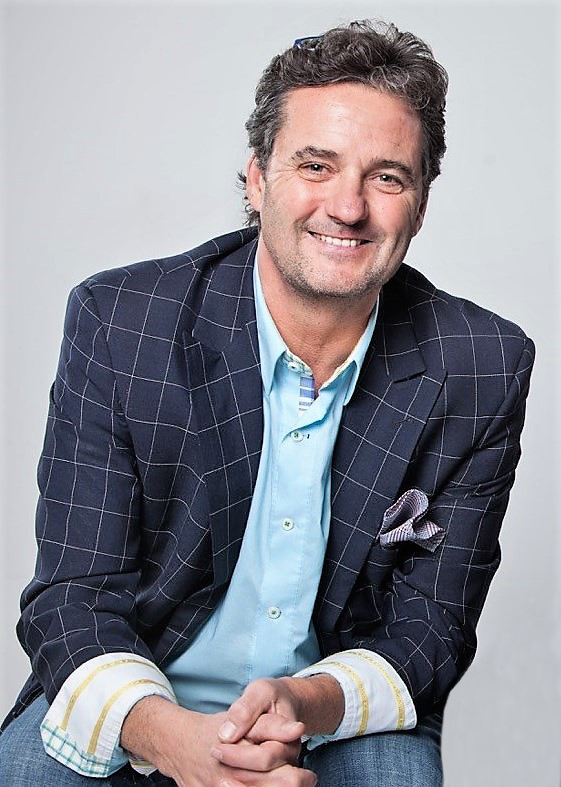
Timothy A. Brown
Timothy A. Brown is the CEO and Broker of Record for ROI Corporation and has served the professions since 1979. His broad experience in clinical practice systems includes: appraisal, brokerage, leasing, and practice management. While Timothy’s domain expertise is largely from the dental world, as head of ROI Corporation, his experience has applicability across other health practice disciplines including Optometry and Opticianry.
Timothy is a Registered & Licensed Ontario Real Estate and Business Broker (Principal). He also voluntarily completed the Ethics and Business Practice course from the Real Estate Institute of Canada. He clearly understands dentists and has his finger firmly on the pulse of the dental practice marketplace in Canada.
He can be reached at timothy@roicorp.com or 416.520.7420.

















